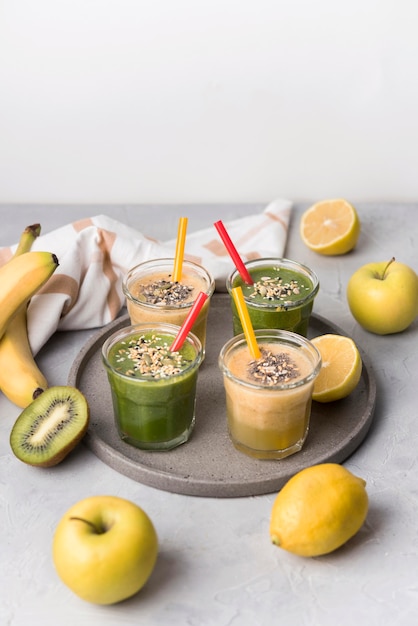
Ensuring food safety and preventing foodborne illnesses hinge on maintaining excellent food hygiene and safety practices. Despite having Food Hygiene and Safety Training, many people often forget the basics during everyday cooking. Whether you’re running a professional kitchen or cooking at home, avoiding these common mistakes can help create a safer and healthier food environment.
1. Poor Hand Hygiene
Washing your hands properly is one of the simplest yet most overlooked aspects of food safety. A quick rinse isn’t enough; proper handwashing involves scrubbing with soap for at least 20 seconds. It’s crucial to do this before cooking and after handling raw foods like meat, poultry, or seafood, to prevent spreading dangerous pathogens like Salmonella and E. coli.
To avoid this mistake:
– Wash hands with soap for 20 seconds, especially after handling raw meat or using the restroom.
– Dry hands with a clean towel or air dryer, as damp hands can spread germs.
2. Cross Contamination
Cross-contamination happens when bacteria from raw food get transferred to cooked or ready-to-eat items, often due to using the same tools or cutting boards without proper cleaning.
To avoid this mistake:
– Use separate cutting boards for raw meat and other foods.
– Clean and disinfect surfaces, knives, and utensils after handling raw food.
3. Ignoring Expiry Dates
It’s easy to overlook expiry dates, but eating food past its expiration can be harmful. These dates indicate when food is no longer safe to consume.
To avoid this mistake:
– Always check the expiry date before using any product.
– Rotate stock in your fridge and pantry so older items are used first.
4. Incorrect Storage Temperatures
Storing food at the wrong temperature lets bacteria multiply rapidly. Bacteria thrive in the “danger zone” between 5°C and 63°C, so perishables should be kept below 5°C.
To avoid this mistake:
– Ensure your fridge is below 5°C.
– Refrigerate leftovers within two hours of cooking.
5. Thawing Food at Room Temperature
Leaving frozen food at room temperature to thaw can allow bacteria to grow. The surface warms up while the center stays frozen, creating a perfect environment for bacteria.
To avoid this mistake:
– Thaw food in the fridge overnight, under cold water, or in the microwave.
– Don’t leave perishable foods out for more than two hours.
6. Ignoring Personal Hygiene
While focusing on the food, personal hygiene often gets overlooked. Handling food while sick, wearing dirty clothes, or not tying back long hair can introduce contaminants.
To avoid this mistake:
– Wear clean clothes and tie back hair when cooking.
– Avoid handling food if you’re feeling unwell.
7. Cooking at Wrong Temperatures
Cooking food to the proper temperature kills harmful bacteria. Many people, especially in a rush, undercook meals, resulting in foodborne illnesses.
To avoid this mistake:
– Use a food thermometer to ensure food reaches the right internal temperature.
– Check the thickest part of the meat.
8. Reusing Utensils Without Cleaning
Using the same utensils for raw and cooked food can lead to cross-contamination, a common mistake when multitasking.
To avoid this mistake:
– Use different utensils for raw and cooked foods.
– Clean cutting boards, utensils, and surfaces immediately after use.
9. Skipping Produce Washing
Fruits and vegetables might seem clean, but they can carry harmful bacteria or pesticides. Skipping a thorough wash increases the risk of illness.
To avoid this mistake:
– Wash fruits and vegetables under running water before eating.
– Use a clean brush to scrub firm produce like cucumbers or melons.
10. Overlooking Kitchen Surface Cleaning
Kitchen surfaces, including worktops and cutting boards, can harbor bacteria from raw food. Failing to clean them can contaminate subsequent food items prepared there.
To avoid this mistake:
– Clean and disinfect surfaces after preparing food, especially after handling raw meat.
– Use a disinfectant or a hot water and soap solution.
Food safety isn’t just about preventing illnesses; it’s about protecting your health and the health of others. By being mindful of these common food safety mistakes and actively avoiding them, you can ensure the food you prepare is both safe and nutritious. Remember these top 10 tips, and you’ll be well on your way to mastering safe cooking techniques!









